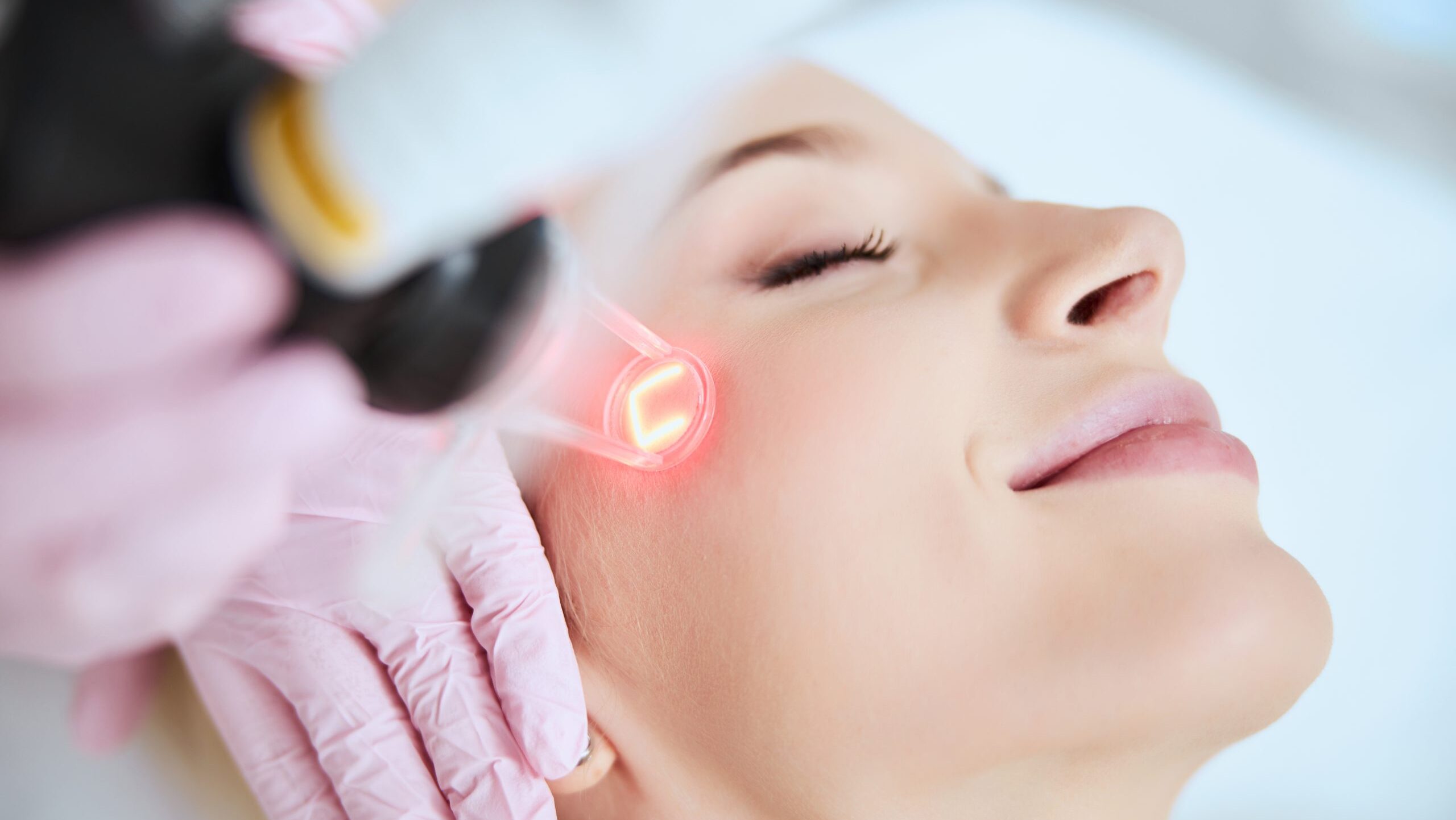A dermatologist is a medical professional specializing in conditions affecting the skin, hair, and nails. These specialists diagnose and treat a wide range of issues, from acne and eczema to more severe conditions such as skin cancer. Beyond treatment, dermatologists also offer cosmetic procedures, including skin resurfacing, to help patients achieve healthier, rejuvenated skin. Here’s how dermatologists use skin resurfacing to address various skin concerns:
Skin Resurfacing Benefits
Skin resurfacing refers to procedures designed to improve skin texture, tone, and appearance. These treatments aim to address issues like fine lines, wrinkles, scars, and uneven pigmentation. Skin resurfacing involves removing the outermost layers of skin, encouraging new skin cells to form.
Treatments
During the process, different techniques may be utilized, including laser therapy, chemical peels, or mechanical methods like microdermabrasion. Each approach varies in intensity, targeting different depths of the skin based on the patient’s needs. Laser skin resurfacing uses focused beams of light to remove damaged skin cells while stimulating collagen production.
Chemical peels rely on specially formulated solutions to exfoliate the skin surface and reveal fresher layers beneath. Meanwhile, microdermabrasion involves the use of a device to gently buff away dead skin cells. The choice of treatment depends on factors like the specific skin concern, the desired results, and individual skin type.
Benefits
Dermatologists recommend resurfacing treatments for a variety of reasons. Patients often choose these procedures to minimize the appearance of fine lines or wrinkles, address sun damage, or smooth out uneven skin tone. Skin resurfacing is also effective for reducing the appearance of scars caused by acne or injury. Treatments can improve skin texture by targeting rough patches or enlarged pores. For patients concerned with early signs of aging, resurfacing methods offer non-invasive options to maintain a more youthful complexion.
Resurfacing Results
The results of skin resurfacing treatments vary depending on the method used and the extent of the work performed. Patients commonly experience smoother, brighter, and more even-toned skin. Fine lines and minor scars are typically less visible, and skin often feels firmer and rejuvenated due to increased collagen production.
Although some treatments deliver immediate results, others may take weeks to reveal their full effects. Deeper resurfacing procedures often require more time for the underlying skin layers to heal and regenerate. Regardless of the method chosen, regular follow-up appointments with a dermatologist can help maintain the benefits over time while addressing any additional concerns that may arise.
Resurfacing Recovery
Recovery after a resurfacing treament varies by procedure and individual tolerance. Lighter treatments, such as chemical peels or microdermabrasion, typically involve minimal downtime. Patients may experience mild redness or flaking, which usually subsides within a few days.
Deeper treatments, including laser therapies, require more significant recovery periods. Skin may remain red or sensitive for several days to weeks, depending on the intensity of the procedure. Dermatologists often provide detailed aftercare instructions, which may include avoiding sun exposure, applying specialized skincare products, and moisturizing regularly.
Besides reducing fine lines and wrinkles, these treatments can address:
- Birthmarks
- Scars
- Warts
- Large Pores
Consult With a Dermatologist Today
Resurfacing dermatology procedures are versatile and effective options for addressing a wide range of skin concerns. With the guidance of a qualified dermatologist, patients can explore the best treatment options tailored to their individual needs. For the best outcomes, consult with a dermatologist to discuss your goals and develop a personalized treatment plan.

